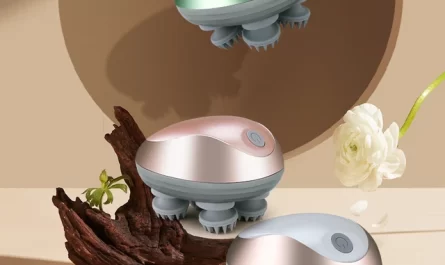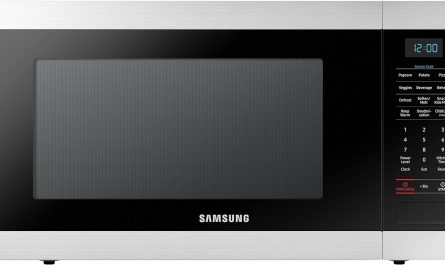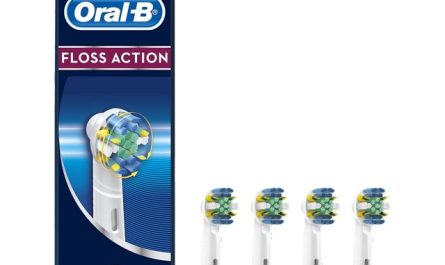Introduction to Electric Toothbrush Hygiene
Electric toothbrushes need routine cleaning to prevent bacteria and gunk build-up. Your toothbrush is a vital tool in your daily dental care routine. However, over time, even electric toothbrushes can become a breeding ground for germs. Proper upkeep ensures the effectiveness and longevity of your toothbrush. In this guide, we will cover key steps and tips. We’ll show you how to maintain your electric toothbrush. This helps to keep your oral health at its peak. After all, a clean toothbrush means a cleaner mouth. Let’s dive into the essentials of electric toothbrush hygiene.
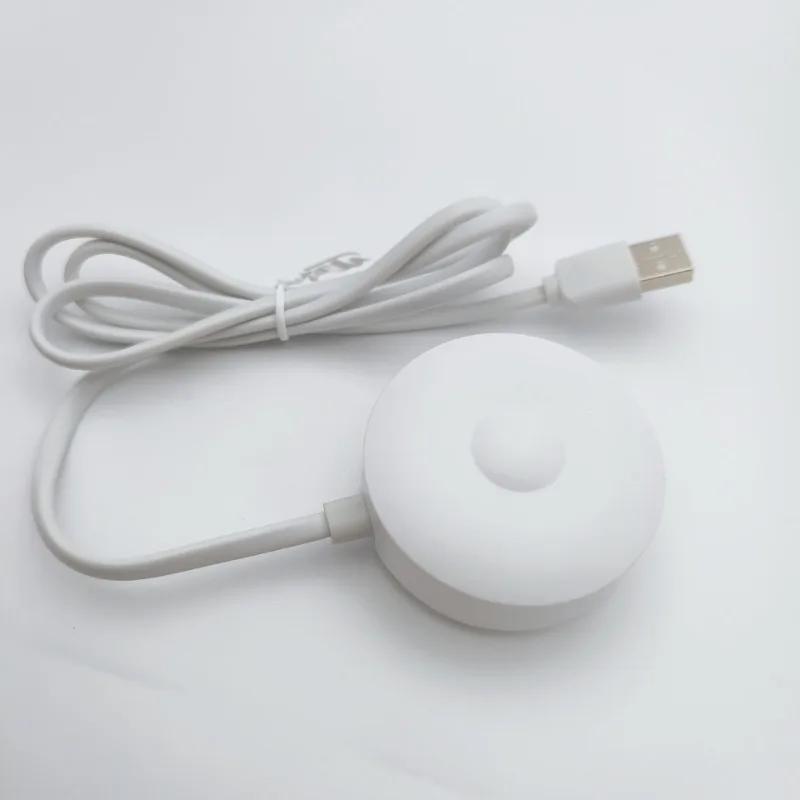
Recognizing the Need for Regular Cleaning
Understanding the importance of regular cleaning for your electric toothbrush base is vital. Daily use means it’s exposed to saliva, toothpaste, and bathroom bacteria. These elements can create a breeding ground for germs. A clean base is as crucial as a clean toothbrush head. *
Here’s why regular cleaning is a must:
- Prevents Bacteria Growth: Moisture and residue from brushing can foster bacterial growth if not cleaned properly.
- Maintains Toothbrush Performance: A clean toothbrush base ensures optimal charging and functioning.
- Extends Toothbrush Life: Regular maintenance can prevent damage to the toothbrush and extend its life.
- Ensures Overall Oral Hygiene: A germ-free toothbrush base contributes to better oral health.
We brush to remove bacteria from our mouths, so it doesn’t make sense to use a bacteria-laden toothbrush. Just like the bristles, the base of your electric toothbrush can host bacteria which can then transfer back to your mouth. To keep your brushing effective and sanitary, ensure that every part of the toothbrush is well-maintained. Set a reminder if needed to clean your electric toothbrush regularly, so it becomes a part of your oral hygiene routine.
Step-by-Step Cleaning Instructions for Toothbrush Bases
Cleaning your electric toothbrush base is simple yet essential. Here’s a guide to help you keep it germ-free and functioning well:
- Unplug the Toothbrush: Safety comes first. Always unplug your toothbrush base before cleaning.
- Wipe with Cloth: Use a soft, damp cloth to wipe the base. Pay extra attention to crevices where gunk may hide.
- Apply Mild Soap: For stubborn residue, use a bit of soap on the cloth. Avoid harsh cleaners that might damage the base.
- Rinse Carefully: If your base isn’t sensitive to water, rinse with a damp cloth. Don’t submerge it.
- Dry Thoroughly: Make sure the base is completely dry before plugging it back in. Moisture can cause damage.
- Regular Checks: Inspect your toothbrush base often for buildup. Clean it at least once a week.
By following these simple steps, you can ensure your electric toothbrush base stays clean and functions correctly. This helps maintain the overall hygiene of your toothbrush set up.
Tips for Disinfecting and Sanitizing Toothbrush Heads
Keeping toothbrush heads clean is key to oral health. Here’s how you can keep them sanitized:
- Regular Rinsing: After each use, rinse the head under water to remove debris.
- Soaking Solution: Weekly, soak the brush head in a mix of water and mouthwash for a few minutes.
- Scrub Gently: Use a soft brush to clean the bristles and remove hidden gunk.
- Disinfectant Dip: Soak the head in hydrogen peroxide or vinegar solution for deep cleaning.
- Swap Heads Regularly: Change your toothbrush head every three months or when bristles fray.
These tips help reduce bacteria and keep your mouth healthy. By rinsing, soaking, and scrubbing, you can maintain a clean brush head. Always let it air dry after cleansing. And don’t forget, replacing the head regularly is vital for a fresh, effective clean.
Maintenance Suggestions for Electric Toothbrush Handles
Maintaining the handle of your electric toothbrush is just as vital as cleaning the brush head. Here are some straightforward instructions to ensure your handle stays in good condition:
- Wipe Regularly: After each use, wipe the handle with a damp cloth to remove residue.
- Use Gentle Soap: If dirt persists, apply a mild soap to the cloth and wipe the handle.
- Keep Dry: Ensure the handle is completely dry before storing to prevent bacterial growth.
- Soft Brushes Are Key: Occasionally, use a soft brush to clean around buttons and grips.
- Don’t Soak: Never submerge the handle in water. This can damage the electronic components.
- Check for Damage: Inspect your handle for damage or wear, which may harbor bacteria.
By taking care of your toothbrush handle, you help prolong the life of your electric toothbrush and support overall oral hygiene. Clean handles aid in preventing the spread of germs and keep your toothbrush working effectively.
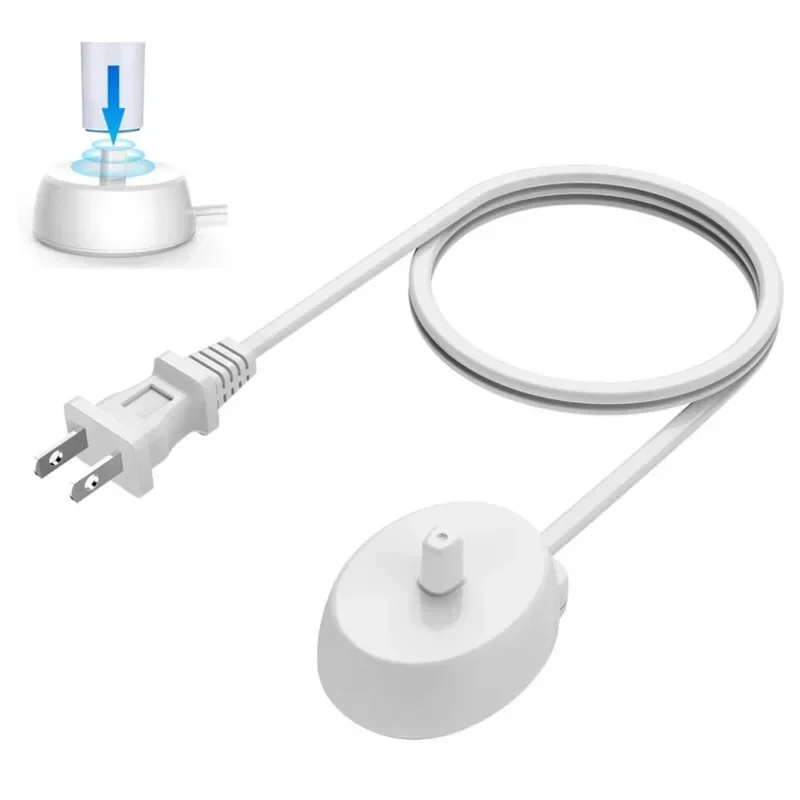 Selecting the Right Supplies for Cleaning Your Toothbrush
Selecting the Right Supplies for Cleaning Your Toothbrush
Choosing the correct cleaning supplies is crucial for keeping your electric toothbrush hygienic. Select supplies that effectively clean without causing damage to the toothbrush components. Here are some supplies to consider:
- Soft Cloth or Sponge: Use these for wiping the base and handle of your toothbrush.
- Mild Soap: A gentle soap helps remove gunk without harming your toothbrush.
- Disinfectant Solutions: Solutions like hydrogen peroxide can be used to soak and sanitize brush heads.
- White Vinegar: A natural disinfectant, it’s useful for both soaking brush heads and cleaning the base.
- Lemon Essential Oil: Adding a few drops to vinegar can enhance cleaning and leave a fresh scent.
- Clean Toothbrush or Brush Head: An old toothbrush can help scrub away stubborn residues.
Remember, hard abrasives or harsh chemicals can damage your electric toothbrush. Stick to gentle, non-damaging solutions for safe and effective cleaning.
The Importance of Air-Drying Toothbrush Components
After cleaning your electric toothbrush, air-drying is a critical step. This process prevents moisture from fostering microorganism growth. Here’s why proper air-drying matters:
- Prevents Mold and Bacteria: A damp toothbrush can support mold and bacteria. Air-drying helps avoid this.
- Ensures Hygiene: Dry components are less likely to carry germs, keeping your mouth healthy.
- Preserves Toothbrush Integrity: Moist environments can damage your toothbrush. Drying extends its lifespan.
To air-dry effectively, follow these steps:
- Shake Off Excess Water: After rinsing, shake the toothbrush head to remove extra water.
- Upright Position: Store the handle and head separately, upright, for full air circulation.
- Avoid Enclosed Spaces: Don’t store wet parts in closed containers. This traps moisture.
- Separate Components: If possible, disassemble and dry parts independently for thorough drying.
Remember, while air-drying, keep your toothbrush away from bathrooms to avoid airborne contaminants. A well-aired toothbrush is a safe toothbrush for daily use.
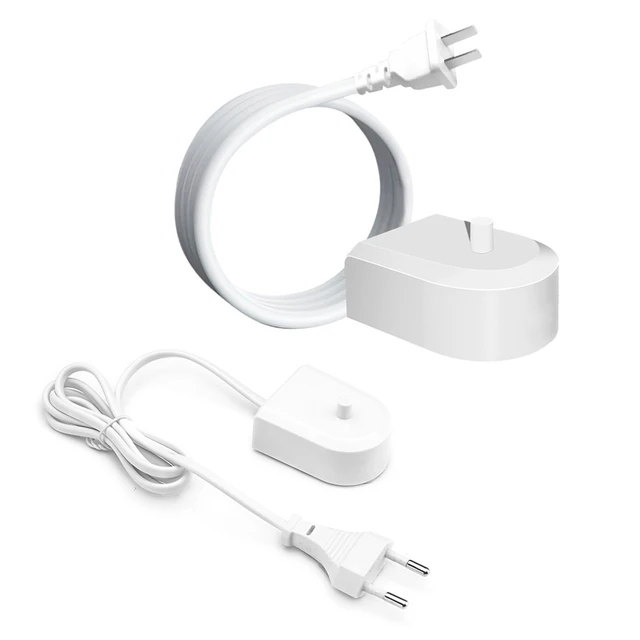 Periodic Replacement of Brush Heads and Accessories
Periodic Replacement of Brush Heads and Accessories
Changing your toothbrush head periodically is key to oral health. Here’s why you should keep track of replacement times and what accessories you might need:
- Regular Replacement: Swap out your electric toothbrush head every three months. Frayed bristles can’t clean teeth as effectively.
- Indicator Bristles: Many toothbrush heads have colored bristles that fade. This signals when it’s time to change.
- Performance Improvement: New brush heads are sharp and precise. They ensure a better clean every time you brush.
- Health Safety: Old brush heads can harbor bacteria, risking your oral health. Replace them to avoid this.
- Accessory Checks: Don’t forget about your toothbrush’s other parts. Check the charging base and travel cases for wear.
- Accessory Updates: Sometimes, upgrading accessories can improve toothbrush performance. Look out for signs you might need new ones.
Remember, using fresh brush heads and maintaining your accessories boost oral care. They also extend the life of your electric toothbrush.

